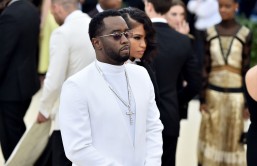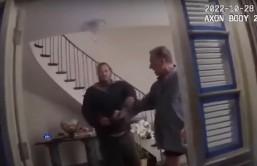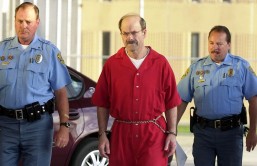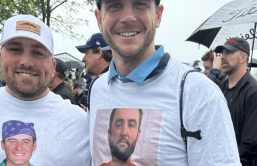This year's class of free agents was the deepest in recent memory. The selection of pitchers and outfielders had many team pouncing early and at the MLB Winter Meetings. However, these types of expensive free agents don't appeal to every team.
The Cleveland Indians have what many clubs want: young, controllable starting pitching. It's been a pretty common theme throughout the MLB for quite some time now due to the rising price of free agents. Earlier in the offseason it was said the Indians would need an "impact player" in return for most of their starters.
But based on the latest rumors, it looks like the Indians are in no rush to move their coveted commodities. Carlos Carrasco, Danny Salazar and others will probably remain in Cleveland for the 2016 season.
"The Indians will continue to engage in trade dialogue when interested teams call, but they may well dive into next season with their pitching intact -- and in the eyes of some rival evaluators, this could be best, anyway," writes ESPN's Buster Olney. "'The Indians and the Mets are two teams, to me, that could be relevant in the next few years because their pitching separates them,' said one longtime evaluator Monday. 'The Indians will at least have a chance because nobody else in the league can match their starting pitching.'"
This year's class of starting pitching free agents included David Price, Zack Greinke, Jordan Zimmermann, Johnny Cueto, Jeff Samardzija, Wei-Yin Chen, Mike Leake, Scott Kazmir, Kenta Maeda, Ian Kennedy, Yovani Gallardo and others. The first five have already signed contracts with Price earning the most ($217 million) and Samardzija earning the least ($90 million). Over $750 million was shelled out for Price, Greinke, Zimmermann, Cueto and Samardzija. Only a handful of MLB clubs can afford to dish out such money without thinking about it.
That's why the Indians are waiting. Waiting for the cost of their starters to increase as the quality of future available starters is nothing comparable to those this offseason. Next offseason the class of available starters will be highlighted by Stephen Strasburg, Andrew Cashner, Brett Anderson, Jeremy Hellickson, Ivan Nova and other veterans that will be of marginal interest.
The return the Atlanta Braves got for three years of Shelby Miller was considerable, and the Indians could perhaps get the same or even more for Corey Kluber, Carrasco and/or Salazar about a year from now.
Here's the contractual breakdown for each player:
Kluber: $4.7 million in 2016; $7.7 million in 2017; $10.7 million in 2018; $13.2 million in 2019; $13.5 million team option (or $1 million buyout) in 2020; and $14 million team option (or $1 million buyout) in 2021
Carrasco: $4.5 million in 2016; $6.5 million in 2017; $8 million in 2018; $9 million team option (or $662.5k buyout) in 2019; and $9.5 million team option (or $662.5k buyout) in 2020
Salazar: Arbitration-eligible beginning in 2017 and does not become a free agent until after the 2020 season
Each of these three starters performed much better than Samardzija did last season and here's what the right-hander will make with the San Francisco Giants: $10.8 million in 2016; $19.8 million each year from 2017-2020.
Additionally, the Indians aren't ready to give up present and future value when they have a chance to contend in the AL Central. The Royals lost a number of key players; the Tigers imploded in 2015 and may not be the Tigers of the previous four years; the Twins are up-and-coming and perhaps still have some work to do; and the White Sox are the White Sox. It'll be a competitive division, but the Indians certainly have a chance to make a run at the postseason.
Maybe if they're not contending at the trade deadline they'll opt to move one of the starters to get value and begin to prepare for subsequent seasons. If not, don't expect the Indians to trade any of these starters until next year, unless, of course, somebody comes in right now with an offer they can refuse that will significantly improve with 2016 ball club.








